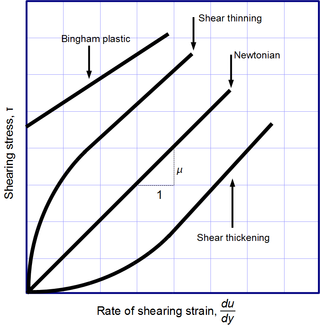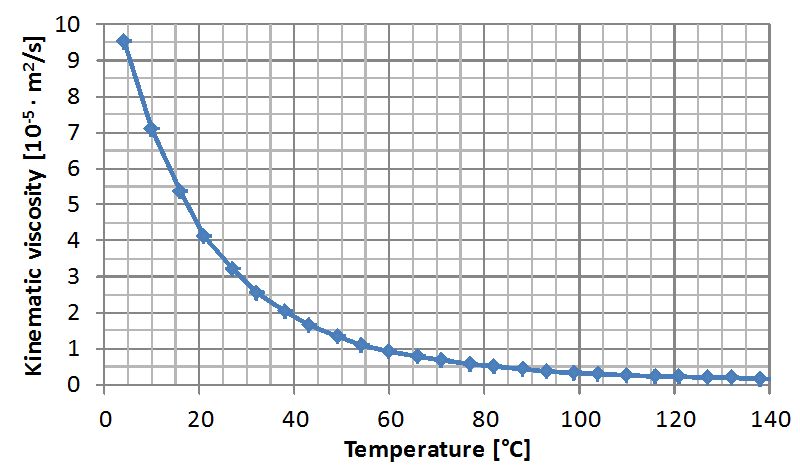Difference Between Viscosity and Kinematic Viscosity

Studying different attributes of solids, liquids and gases is a vital for any student of science. In this particular regard, certain properties of liquids are extremely important to know as it can really help you to further understand these attributes. Viscosity is one such physical property of liquid which is extremely important while studying the state of matter. However, the term viscosity is often contradicted with kinematic viscosity of the liquids. There are only slight differences between these two terminologies and you should be able to distinguish them properly.
One thing is also vital to note that despite the existence of differences, the term viscosity is generally used for both dynamic viscosity and kinematic viscosity. The key difference between viscosity and kinematic viscosity of liquids is their dependence on the density. Kinematic viscosity is entirely dependent upon the density of the liquid under observation, while viscosity is independent of density, rather depending on the temperature of the surroundings.
Viscosity of the liquids might change with the fluctuations in temperature but kinematic viscosity only alters with when the density of the liquid changes. Another notable attribute is that kinematic viscosity is dependent on the viscosity of the liquid. Kinematic viscosity is calculated by dividing both the viscosity and density of the liquid.
Instructions
-
1
Viscosity
Viscosity is the measure of the resistance of a fluid. This resistance can be deformed in different ways such as sheer and tensile stress. It can also be called internal friction of a fluid. The viscosity of a fluid that is used in different machines is judged by its thickness. The friction between two layers of a fluid sometimes moves relative to each other. Sir Isaac Newton was one of the very first scientists who discovered this unique property of mechanics.
Image Courtesy: intechopen.com
-
2
Kinematic Viscosity
Kinematic Viscosity is called inertial force of a fluid. The inertial force of a fluid is important in various mechanics as it helps in the overall measurement of the fluid. It also depends upon the density of a fluid as to how well it can perform in big structures. It is also called the ratio of dynamic viscosity to the density of the fluid. It is referred by letter ‘v’. It is also equal to the dynamic viscosity separated by the thickness of the liquid.
Image Courtesy: intechopen.com








